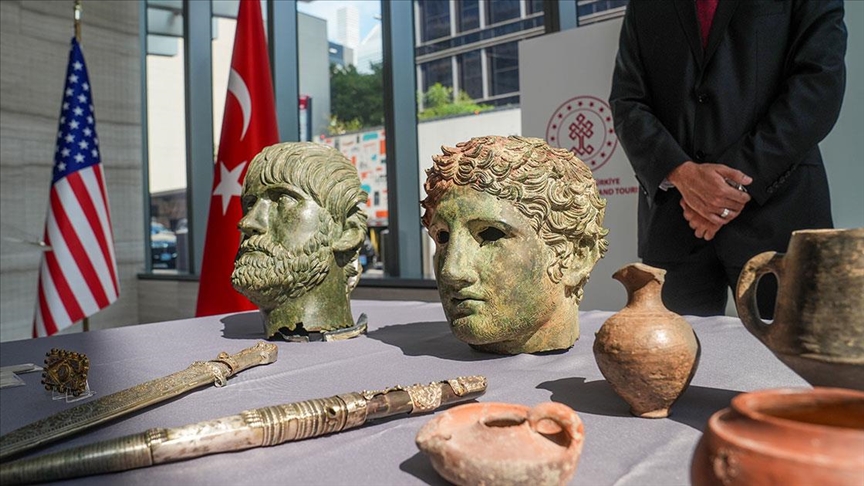
The Turkish Ministry of Culture and Tourism announced that officials recovered 1,149 smuggled artifacts with significant historical significance out of the country in previous years.
The Ministry's Directorate General of Cultural Heritage and Museums led the operation, working closely with the Ministries of Interior, Justice, and Foreign Affairs.
Since 2002, officials have repatriated 13,268 artifacts. This year, significant items were retrieved from the United States, Greece, France and the United Kingdom.
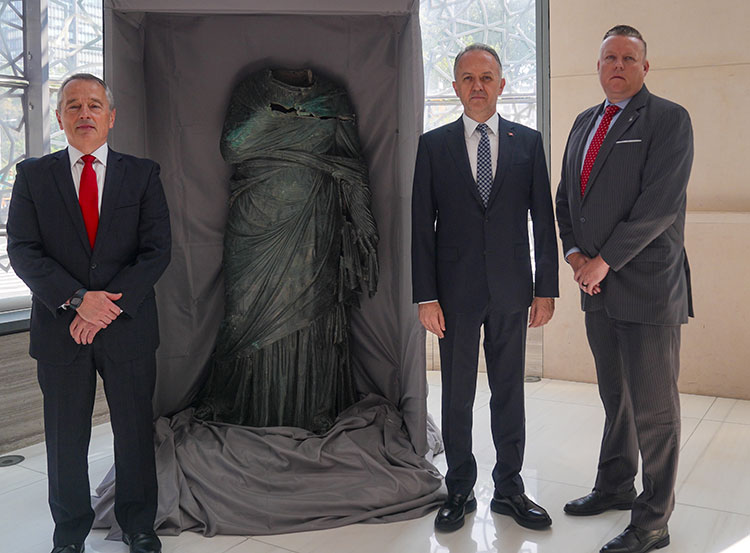
The United States returned 41 artifacts to Türkiye after extensive legal efforts. These items included Roman-era sculptures, terracotta figurines, bronze objects, and 22 “Kilia-type” idol heads from the Late Chalcolithic period.
Officials handed them over during a ceremony at the New York Consulate on December 5. These artifacts date back to between the seventh century B.C.E. and the seventh century C.E. They are currently displayed at the New York Turkish House and will later be sent to museums in Türkiye.
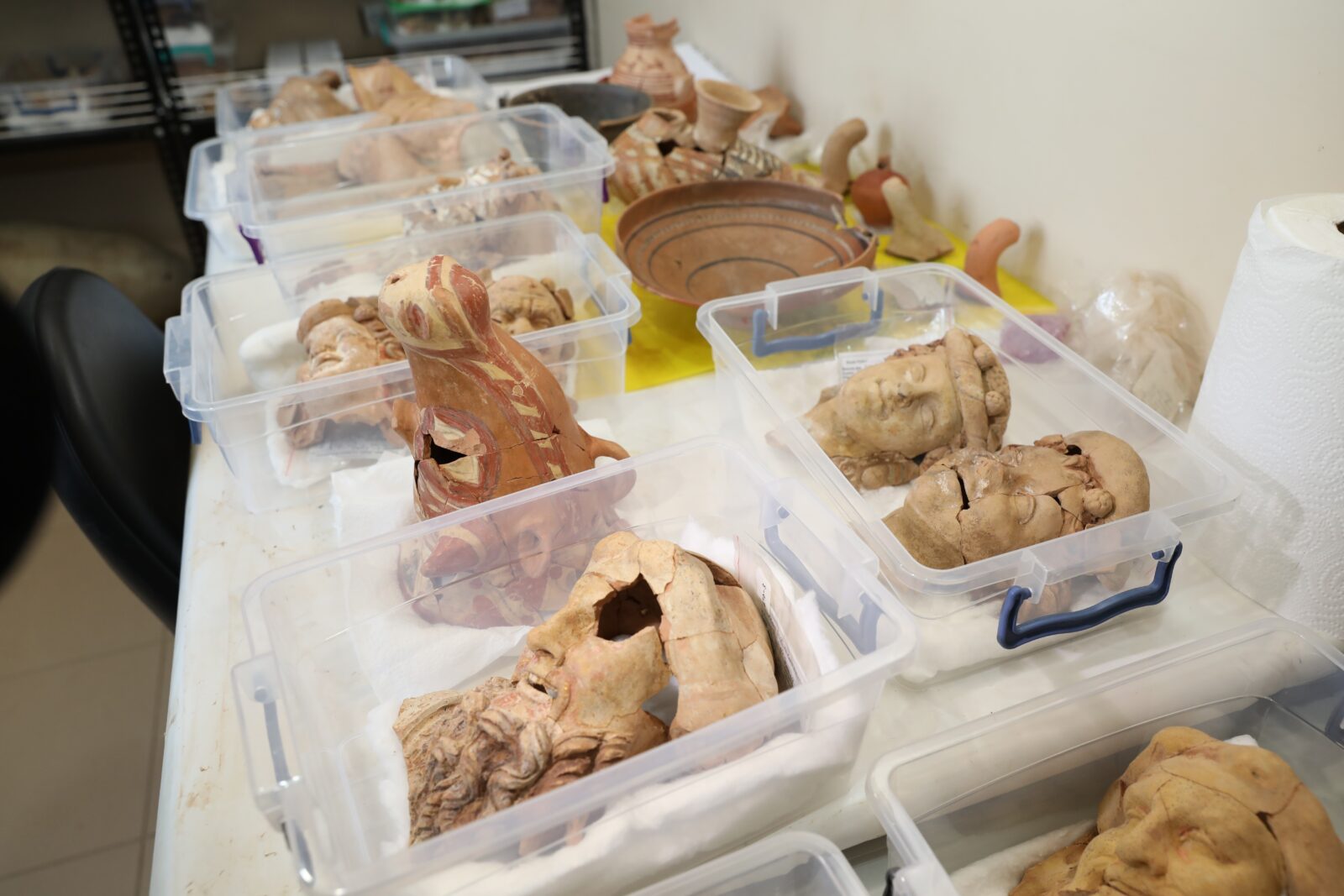
Additionally, a 2,500-year-old bronze chair, smuggled from a grave in Manisa in the 1980s, was returned from the J. Paul Getty Museum. Known for its rarity, the chair depicts scenes of daily life and served as furniture for resting and dining in ancient times.
Another key artifact repatriated from the U.S. was a 2,700-year-old Bintepeler necklace featuring pomegranate-shaped beads crafted from gold and carnelian. Looted from Manisa’s Bintepeler archaeological site, the necklace is now exhibited at the Museum of Anatolian Civilizations in Ankara.
The United States also returned a marble bust of Alexander the Great from the Hellenistic period. The heirs of its previous owner initiated the return process after identifying its Anatolian origins. Experts confirmed its provenance, and the artifact is now part of the "No Escape" exhibit at the Museum of Anatolian Civilizations.
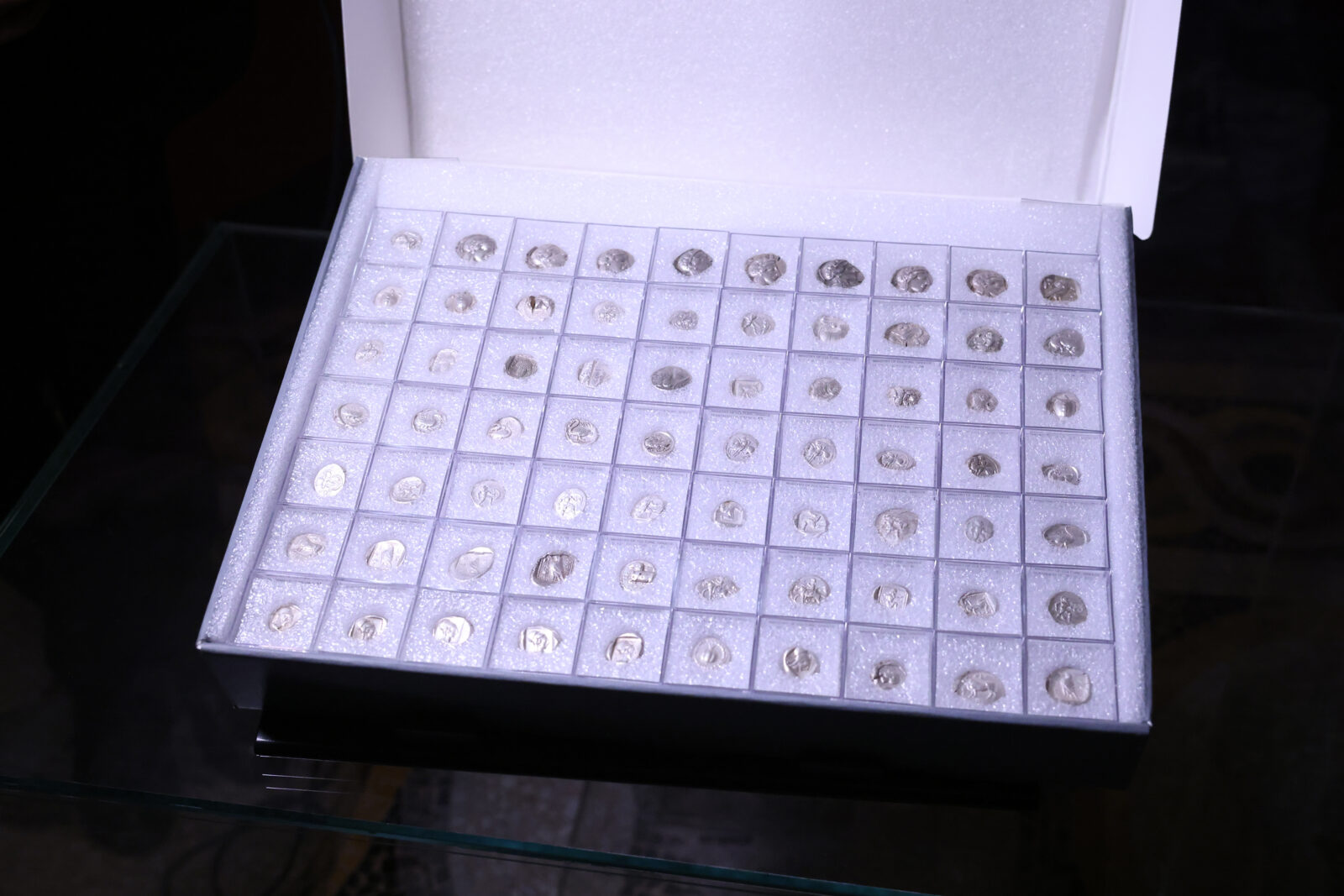
One of the year’s most notable recoveries involved 1,055 Lydian coins. These coins, minted between the seventh and fifth centuries B.C.E., were confiscated from smugglers in Greece.
Greek officials handed them over to Culture and Tourism Minister Mehmet Nuri Ersoy on December 19 during a ceremony in Athens.
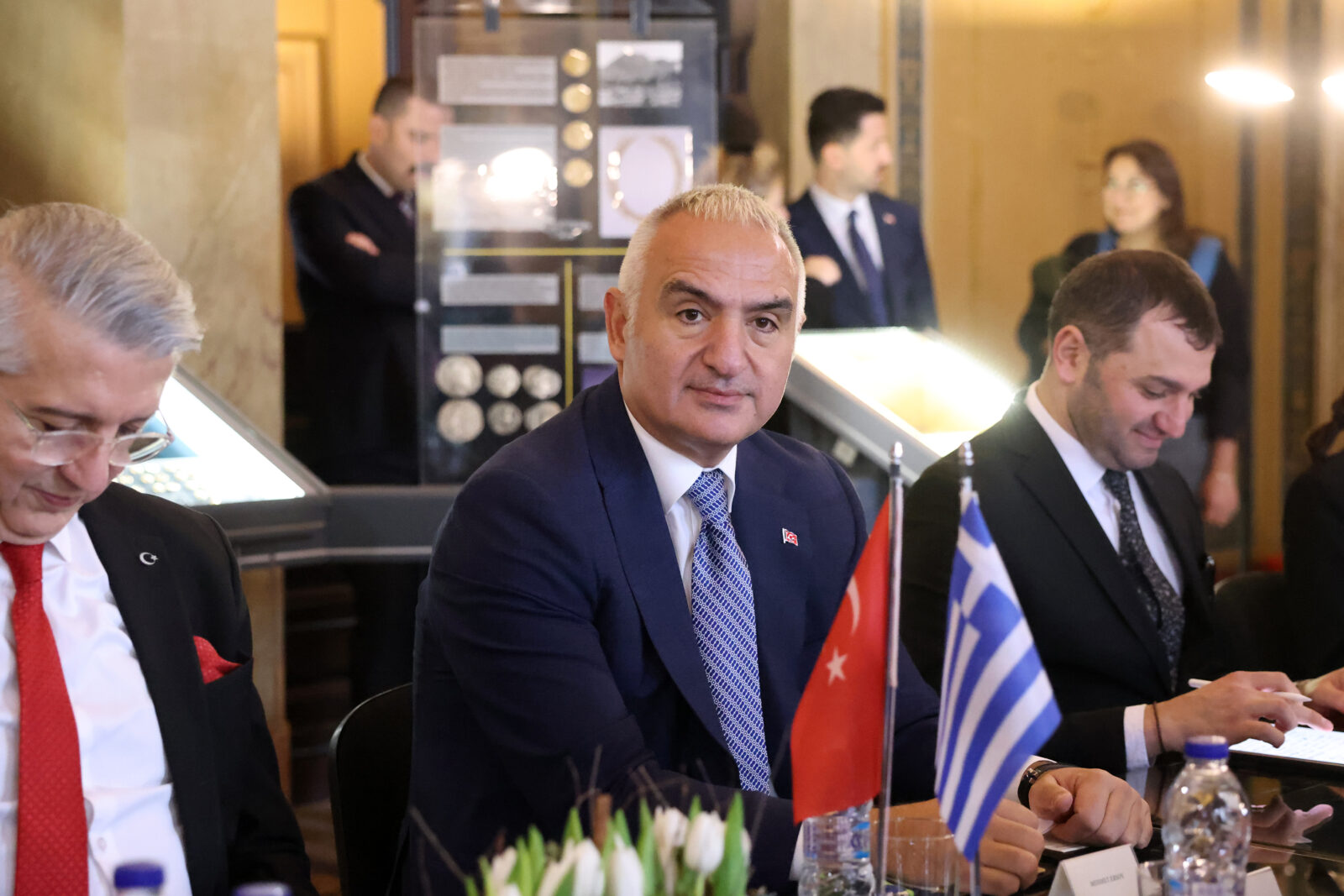
In France, a private individual voluntarily returned two bronze coins. One coin, minted during the reign of Byzantine Emperor Justin I (518–527), and another from the Artuqid dynasty (1200–1239), were delivered to Turkish officials in January. These coins have been added to the Museum of Anatolian Civilizations’ collection.
In the United Kingdom, authorities intercepted a Quran written by Mustafa Dede, son of the renowned Ottoman calligrapher Sheikh Hamdullah.
The manuscript, part of Sultan Abdulhamid II’s collection, was recovered following intense documentation and tracking efforts. It is now preserved at the Museum of Turkish and Islamic Arts in Istanbul.
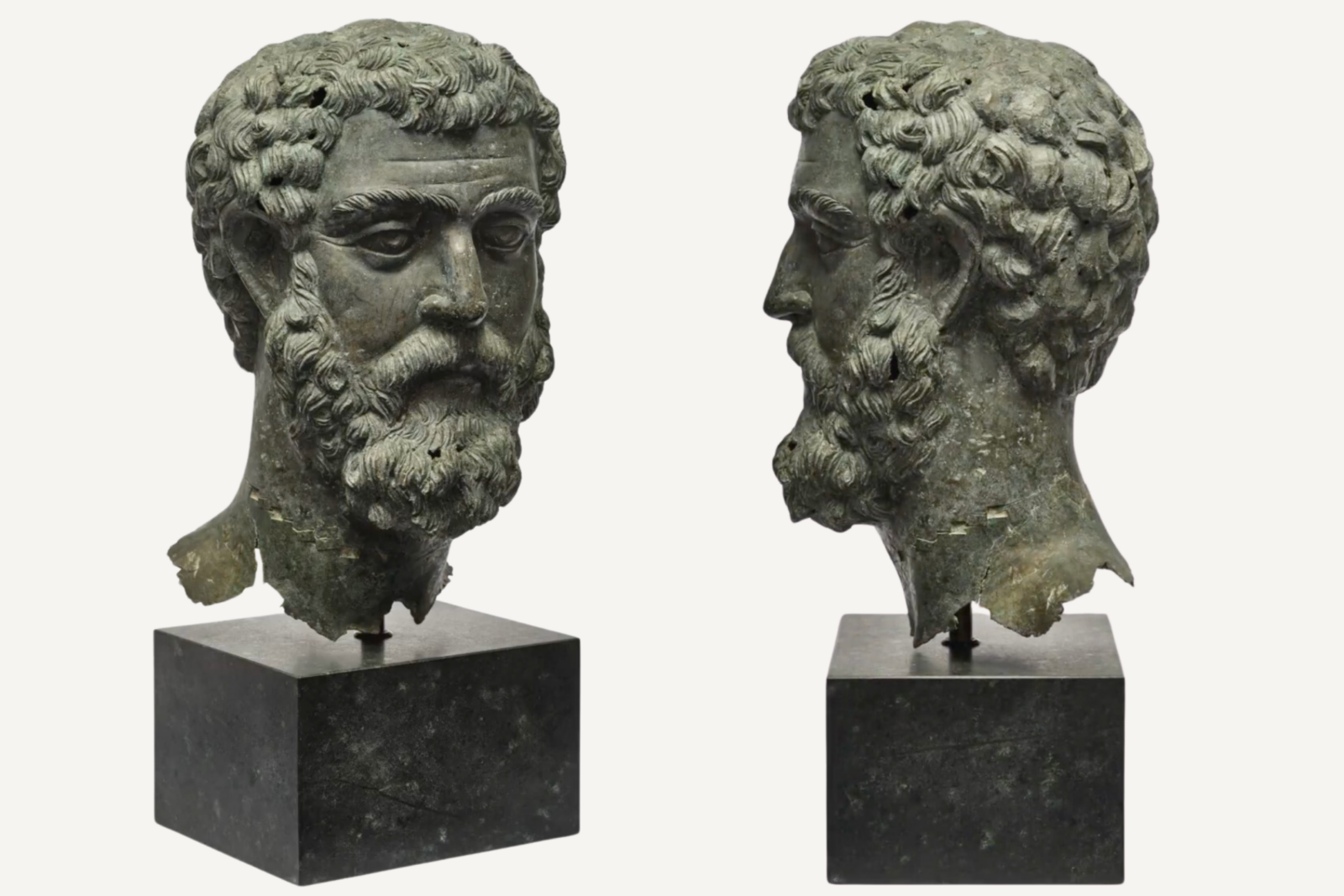
Officials also secured the return of the head of a statue of Septimius Severus, a Roman emperor who ruled from 193 to 211 C.E. Originating from the ancient city of Boubon in Burdur, the statue head had been in the Ny Carlsberg Glyptotek Museum in Denmark.
Smugglers removed it during illegal excavations in the 1960s. The artifact will soon return to Türkiye after nearly six decades.
Minister Mehmet Nuri Ersoy commended the team’s efforts, stating: “Every artifact returned to its homeland strengthens our ties to history and ensures that future generations can experience our rich cultural heritage.”